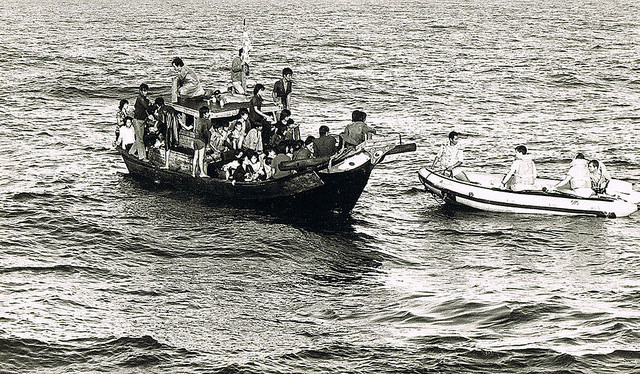Can art be a means of social change?
“If I could say it in words there would be no reason to paint.” ~ Edward Hopper
I believe that art is the most powerful medium of social change at our disposal. It provides a way of conveying messages that cannot be put into words. But it’s more than this: art is also a way of invoking sentiments and feelings, which words simply cannot. Reflecting on an art piece and reforming your own ideas based on what you see, is one of its most rewarding aspects. Art, unlike words, begins a dialogue which allows you to mould your own thoughts and values based on what you perceive, rather than what you are told.
Art begins a dialogue which allows you to mould your own thoughts and values based on what you perceive
The exhibition, Palimpsest, by Doris Salcedo in the Palacio Cristal (Parque del Retiro, Madrid) is a perfect example of how art can be an effective means of social change, no matter the scale. The exhibition is set in a glassed palace, empty, but for the anonymous names on the floor, made from the rising and falling of water. This simple artistic set-up has an extremely powerful underlying message. It reflects the struggles of the refugees who are dying as they cross the Mediterranean, the rising water acting as a visual metaphor for the sea. The water fading however, is just as powerful. As the water disappears, the names become barely legible, representing the temporal nature of refugees’ names in the media and more importantly in our conscience, perhaps illustrating our own lack of initiative. The beauty of this exhibition is its minimalism. It isn’t throwing frustratingly complex symbolism at us. Rather, the names speak to everyone on a personal level, giving voice to the victims, starting a dialogue with the viewers, and causing us to reflect.
This artistic set-up reflects the struggles of the refugees who are dying as the cross the Mediterranean
The lack of context (we don’t know the refugees’ nationality or origin) is not only a reflection of the universality of the message, but it also prevents us from distancing ourselves from the names. It shows us that we are all responsible and united in this crisis. Unlike the Ground Zero memorial in Manhattan and other memorials which have nationalist or religious undertones, we are united here as nothing more than human beings in remembrance and reflection.
This exhibition is not trying to change the world. Rather, Salcedo has sought to give voice to those who are overlooked, a voice for those who have become lost in the statistics. It is therefore a micro-history of sorts, dedicated to the victims affected; a tapestry of names that thread together to create a visual reminder of our own moral obligations.
Salcedo has therefore succeeded in re-writing the dominant narrative of these crises, in a time where mass media and the desire for quick news has reduced victims to merely an unfortunate product of war, a faceless number. The exhibition re-orientates our gaze towards the individual, their story and their suffering, and in doing so, the piece allows us to reflect upon our own values.
The exhibition re-orientates our gaze towards the individual, their story and their suffering
Art such as this speaks to us in a way that words cannot. It does not tell us how to think, rather it communicates a message, which we can just as easily accept or reject. I believe that these pieces are the most powerful motors of social change for they invoke feeling, melancholy or otherwise, and ask us to engage in an open dialogue with victims, in a way that words cannot.

Comments (1)